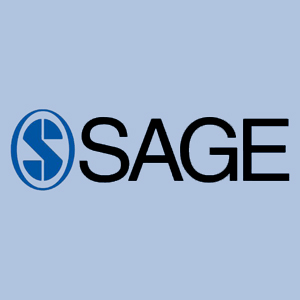
SAGE has published a collection of the top downloaded and cited journal articles from across its entire journals portfolio for 2009-2010. The list recognizes more than 100 articles that were the most downloaded and most cited published from 2009-2010 and the most downloaded articles from SAGE ‘s deep backfile. The list covers articles across 39 disciplines, reflecting the full breadth of SAGE’s publishing, from Anthropology, to Special Education, to Neuroscience and Neurology and Orthopaedics & Sports Medicine.
The collection features a number of articles from journals ranked in the recently released 2010 Journal Citation Reports® (Thomson Reuters, 2011). SAGE’s journals celebrated excellent growth in the 2010 JCR results, achieving 27% growth in the number of titles receiving Impact Factors with 385 journals now indexed. 54 SAGE journals received their first Impact Factor with the 2010 report. Both SAGE’s JCR results and this new highly downloaded/cited collection capture a broad range of the prestigious society titles published by SAGE, such as the American Psychological Science Association journals.
The top three most highly downloaded articles across the disciplines that SAGE publishes were from Psychology, Education and Management:
Psychological Science – Do Green Products Make Us Better People?
Educational Researcher – Learning, Teaching, and Scholarship in a Digital Age: Web 2.0 and Classroom Research: What Path Should We Take Now?
Journal of Management – Leadership in Teams: A Functional Approach to Understanding Leadership Structures and Processes
The top three most cited articles were from Psychology, Clinical Medicine and Geography:
Perspectives On Psychological Science – Puzzlingly High Correlations in fMRI Studies of Emotion, Personality, and Social Cognition
Reproductive Sciences – Inflammation and Pregnancy
“With an ever growing collection of research available online and a growing imperative to show research impact, this initiative shines a spotlight on just a fraction of the high quality contributions our authors make across SAGE’s 670+ titles,” said Karen Phillips, Editorial Director, SAGE. “Usage is an important metric alongside citations in measuring the quality and impact of our journals. We are therefore delighted to recognize the outstanding contributions of these authors.”
Articles in the collection have been made free to access. To see the full list and read in full, visit http://www.uk.sagepub.com/aboutus/download.htm



























